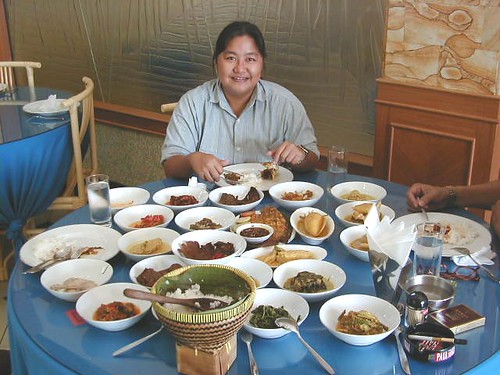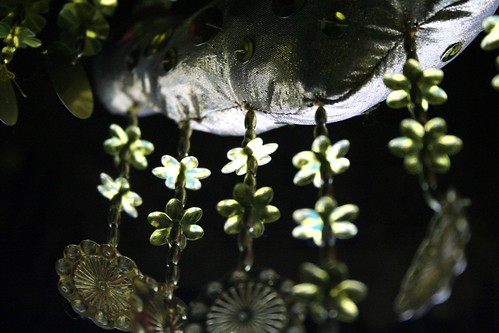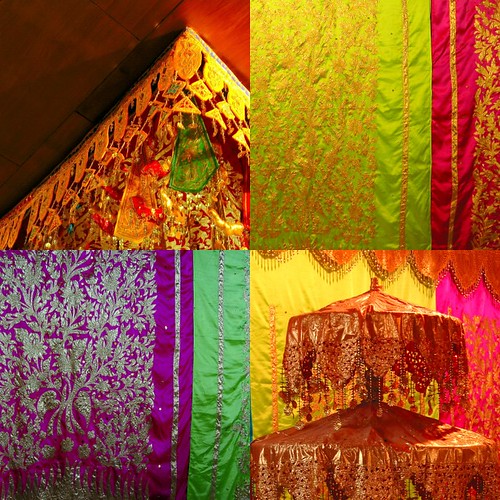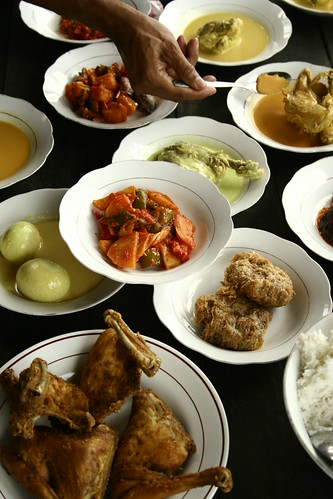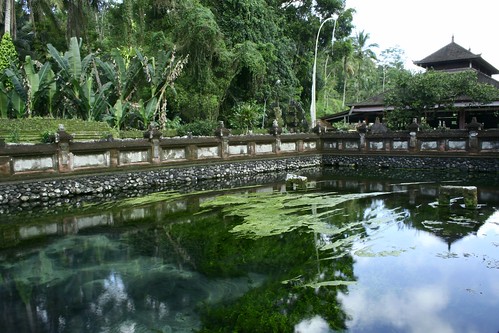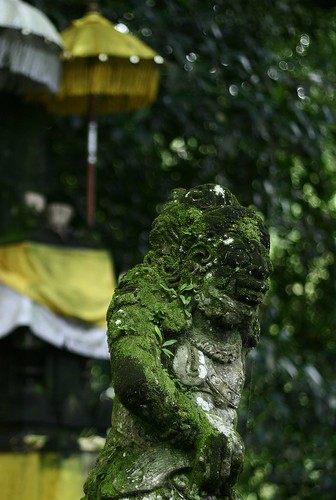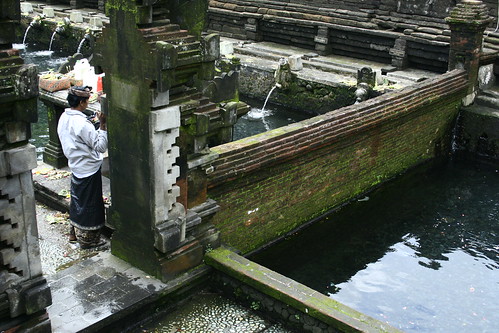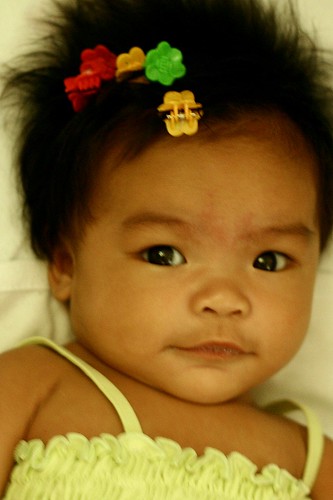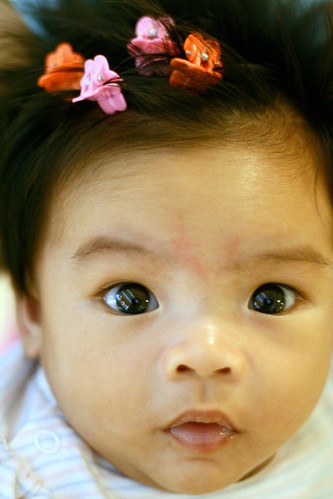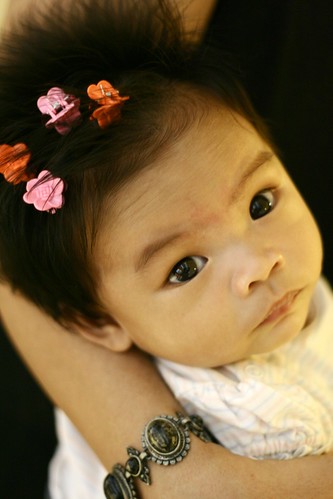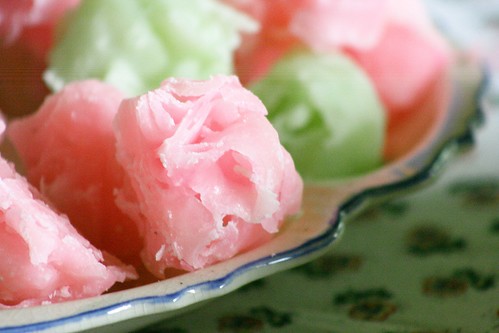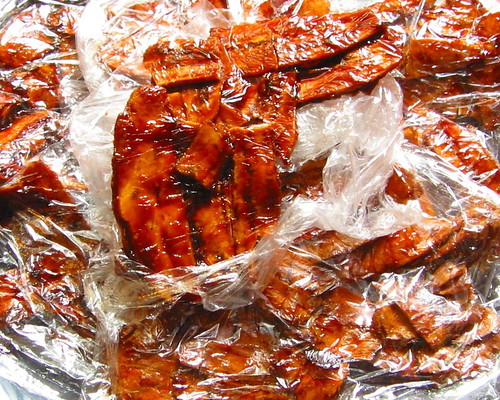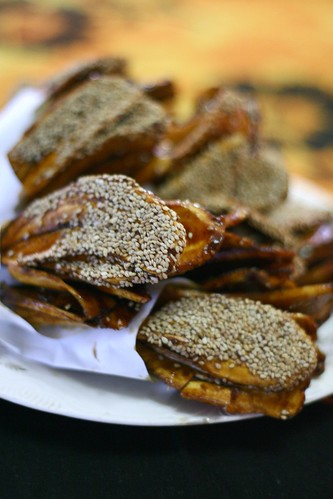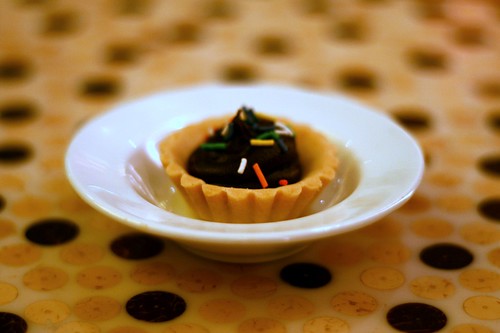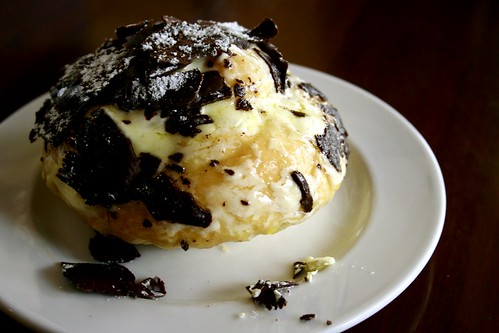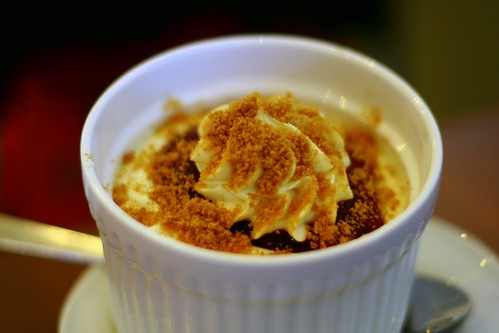Tirta Empul, part 2
continued from Tirta Empul, part 1
There are protocols inside the temple of Tirta Empul. Not just anyone, most particularly tourists, can bathe in the pools. These are not spas for recreation. Even the Balinese cannot swim here to cool themselves in the heat. The pools are not for hanging out. Bathing serves a sacred purpose and follows a ritual of offerings, prayers and blessings.
The water source is not volcanic. There is no smell of sulfur and there is no heat of steam. As the water is fresh and cold, it probably comes from an underground stream gushing deep from the ground. The name is derived from the Tirta or “sacred waters” and Empul or “bob up” or “bubbling up”. How the water is collected and channeled into more than 30 spouts is a feat in engineering. Each of the spouts has a separate and distinct divine and physical purpose. There are waterspouts that are to cure illnesses and some for mental peace. There are designated spouts for prosperity and even for pregnancy. Peculiarly, there are two specific waterspouts intended for the dead.
Most bathers apparently are not well-versed in the “science” of the spouts. I noticed that they were guided by priests and locals on which spouts to bathe and in what order. They also could not go back and repeat bathing in the waterspouts. It seems too that there are rules governing which spouts they could drink.
To the Balinese, water, like the sun, is grace and they embrace it wholly.
Canon EOS 350D Digital, 1/320s, f/4.0, 25mm, ISO 100
After bathing, worshippers change back to their dry clothes and receive holy water and rice in a central courtyard in Pura Tirta Empul, Tampaksiring, Gianyar, Bali, Indonesia
phototip: Praying is not for public show but the Balinese allow tourists inside the courtyard. Be unobstrosive and stay at the sidelines.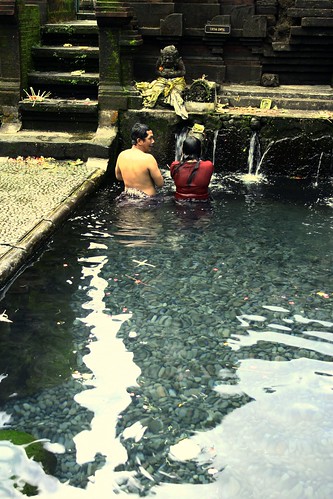
Canon EOS 350D Digital, 1/30s, f/4.0, 30mm, ISO 100, +1/3EV
Pura Tirta Empul, Tampaksiring, Gianyar, Bali, Indonesia
phototip: Mid-afternoon light (3PM, or 3 hours before sundown) is flat, if not harsh. To bring more animation, I chose an angle where the twin Balinese gates could cast shadows that appears to dance with the flowing stream.
Canon EOS 350D Digital, 1.3s, f/20, 27mm, ISO 100, +2/3EV
Pura Tirta Empul, Tampaksiring, Gianyar, Bali, Indonesia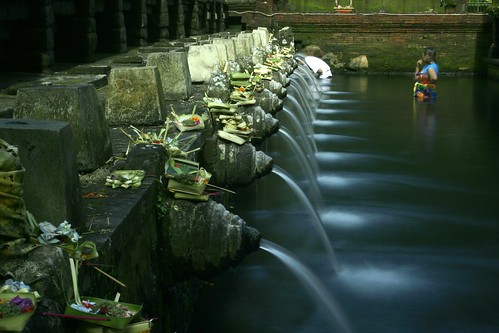
Canon EOS 350D Digital, 5s, f/20, 40mm, ISO 100, +2/3EV
my friend Komang waits for her turn at Pura Tirta Empul, Tampaksiring, Gianyar, Bali, Indonesia ![Tirta Empul [2]](http://farm3.static.flickr.com/2196/2451785794_5902a0e7ce.jpg)
Canon EOS 350D Digital, 20s, f/32, 40mm, ISO 100
Pura Tirta Empul, Tampaksiring, Gianyar, Bali, Indonesia
phototip: Observe how long a bather pauses to determine the optimum exposure time. Here, the lady subject was almost still for 20 seconds. 
Canon EOS 350D Digital, 10s, f/11, 22mm, ISO 100
Pura Tirta Empul, Tampaksiring, Gianyar, Bali, Indonesia
phototip: A little bit of overexposure makes the water cottony and dreamy.






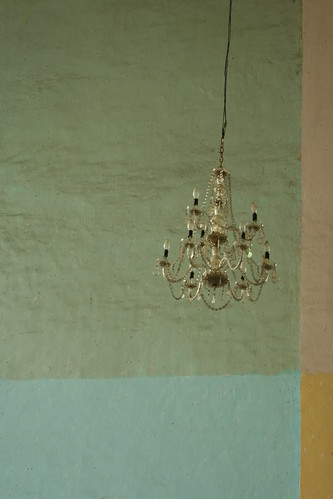
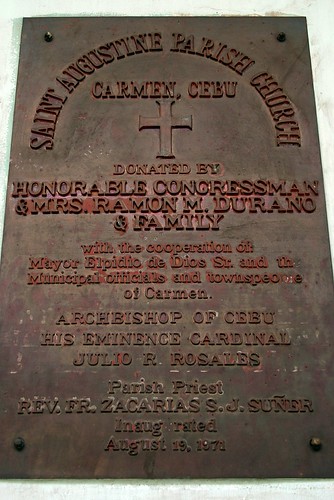


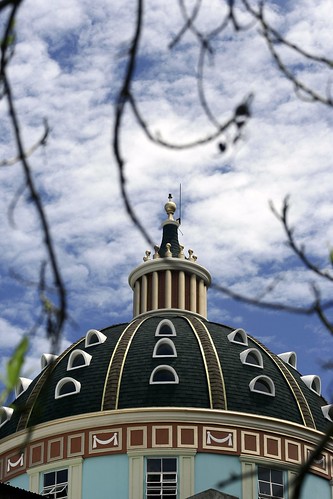

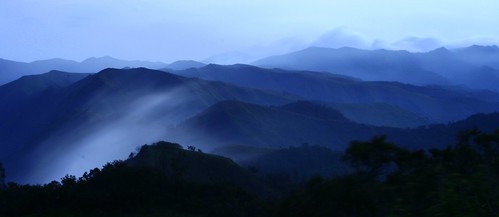
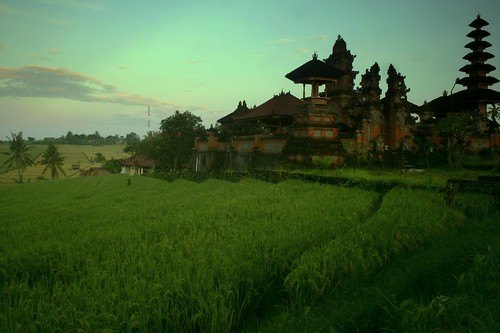
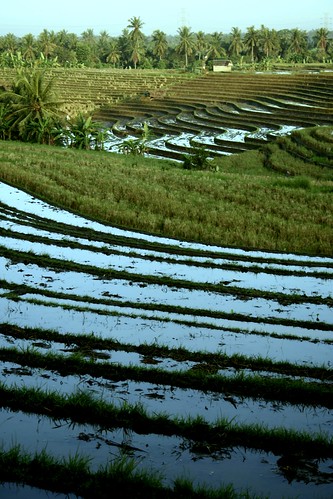
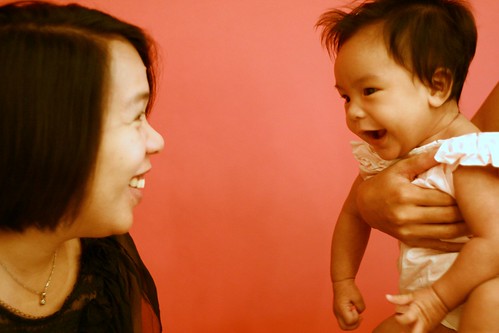
![Happy Anniversary [2]](http://farm4.static.flickr.com/3272/2434873620_494009a5f2.jpg)
![Happy Anniversary [3]](http://farm3.static.flickr.com/2047/2434054695_0d89c016c7.jpg)

